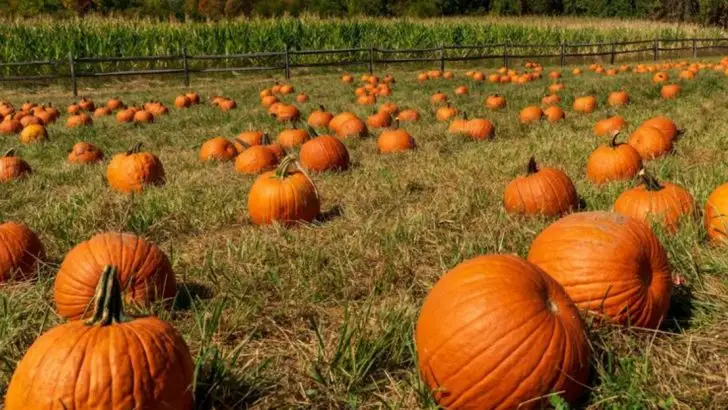Stop sending your veggies to a spa they don’t need! Raised beds can feel like VIP suites for some crops—loose soil, better drainage, warmer roots. Imagine carrots shooting deep without a tug-of-war. Picture zucchini greening your patio box like it owns the place. But not every plant worships elevation. Beets grumble in confined corners. Potatoes pitch fits and wander where they please. Spinach would rather sprawl at ground level than sip from timber troughs. This isn’t guesswork. We’ve tested 10 vegetables that grow faster, stronger, and happier in raised beds. And 10 that shrug, stall, or flat-out resent the upgrade. Grab your gloves. Prepare your planting plan. Let’s sort the garden heroes from the party crashers—so you spend less time troubleshooting and more time harvesting!
Radishes
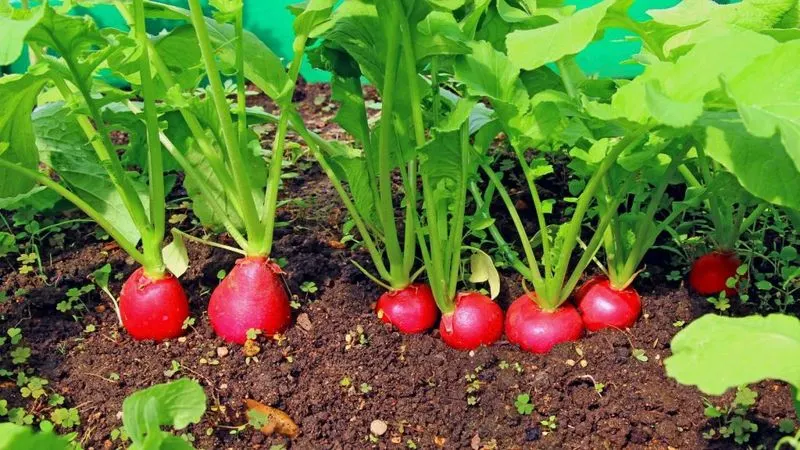
With their quick sprouting and minimal space requirements, radishes are a perfect match for raised beds. Imagine those bright red bulbs peeking out from the soil, eager for harvest. Raised beds offer excellent drainage, allowing radishes to develop their signature crispness. Plus, the elevated soil warms up faster, encouraging rapid growth.
Have you ever heard of Easter Egg radishes? This colorful variety adds a playful touch to salads. Whether you’re a beginner or a seasoned gardener, radishes promise a rewarding experience. Their peppery flavor and crunch are undeniable crowd-pleasers.
Carrots
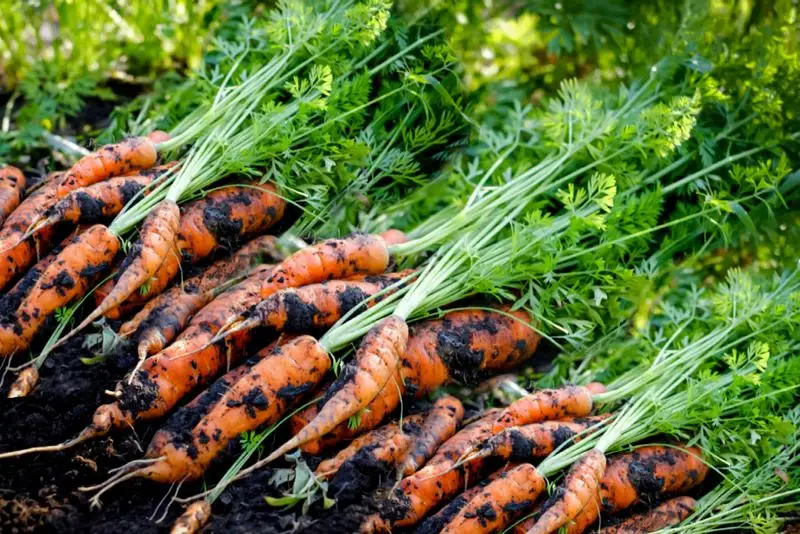
Carrots, with their vibrant orange hue, are champions in raised beds. These beds offer the loose, sandy soil carrots adore, allowing them to stretch deep without resistance. This results in straight, long roots free from deformities.
Raised bed gardens also provide the perfect environment to experiment with different carrot varieties, such as the sweet Nantes or the colorful Purple Dragon. Their adaptability and rich taste make them a gardener’s favorite. Imagine the satisfaction of pulling a flawless carrot from the earth, ready to be savored fresh or cooked.
Lettuce
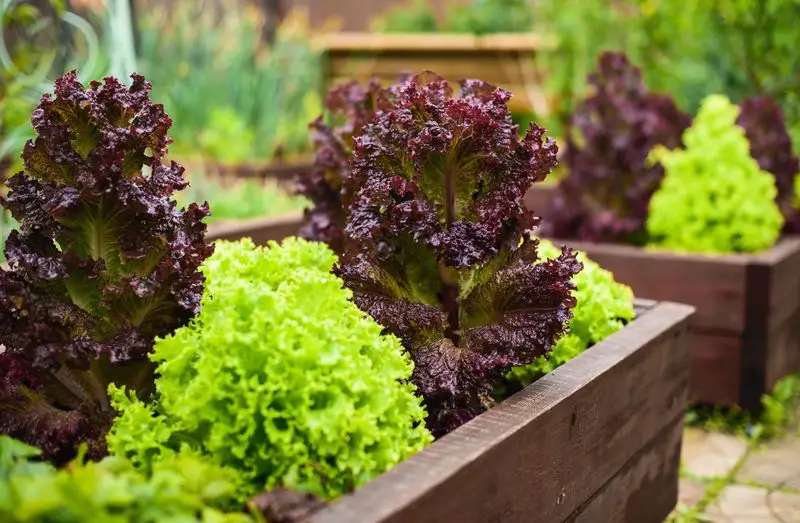
Lettuce thrives in the cozy confines of raised beds. The controlled environment helps in maintaining consistent moisture levels, which lettuce craves. With options like butterhead or romaine, your salads will never be the same again.
Did you know ancient Egyptians considered lettuce an aphrodisiac? Beyond its historical allure, lettuce’s fast growth cycle makes it ideal for successive planting. Raised beds simplify harvesting, letting you snip fresh leaves right before dinner. Its versatility and refreshing crunch make lettuce a staple in any garden.
Spinach

Spinach, the muscle-building favorite of Popeye, is perfectly suited for raised beds. These beds keep the soil well-drained and loose, which spinach prefers. This leafy green thrives with cool roots and ample moisture, both easily managed in a raised setting.
Spinach’s quick growth means you can enjoy multiple harvests throughout the season. Whether you’re a salad lover or a smoothie enthusiast, fresh spinach adds nutritional power to your diet. Raised beds make it easier than ever to enjoy this versatile vegetable at its freshest.
Beets
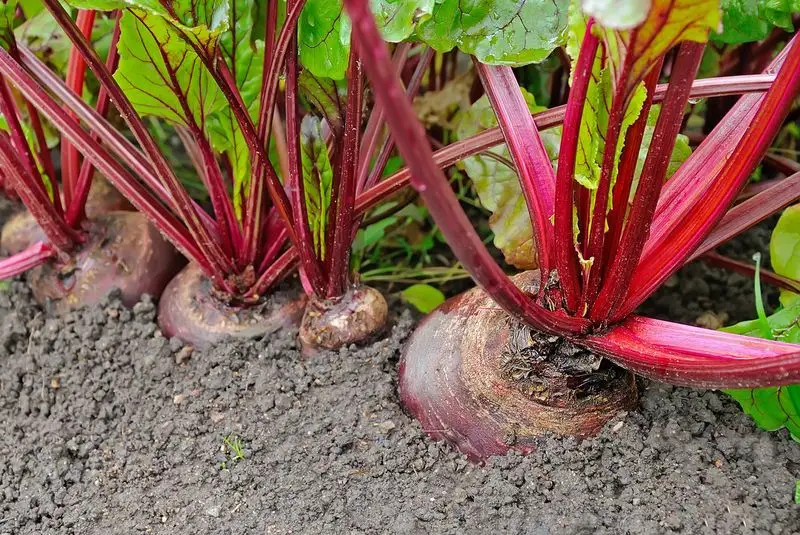
Beets are a vibrant addition to any raised bed garden. Their dual appeal lies in both the sweet, earthy roots and the tender greens. Raised beds ensure the loose soil beets require for even root development.
Fun fact: Beets were cultivated by the ancient Greeks for their leaves long before their roots gained popularity. Today, they are a favorite in nutrient-rich diets. Whether steamed, roasted, or pickled, beets pack a flavorful punch. Embrace the vibrant colors and health benefits that beets bring to your garden.
Tomatoes
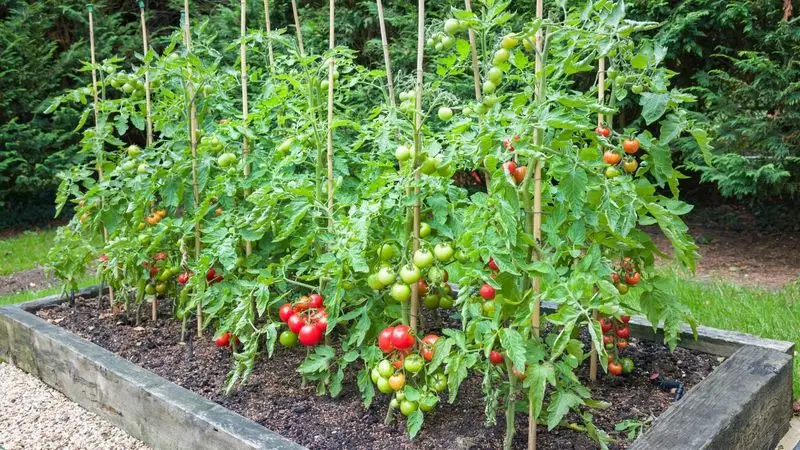
Tomatoes are the stars of a summer garden, and raised beds elevate their performance. The warm, airy soil promotes strong root systems, while the bed’s structure supports sturdy stakes and cages.
Picture heirloom varieties like Brandywine thriving next to sweet cherry tomatoes. The raised bed allows for efficient water management, preventing blossom-end rot. Tomatoes’ juicy, sun-ripened flavor is unmatched, making them a must-have for salads, sauces, and snacking. Raised beds ensure your tomatoes get the best start and a bountiful harvest.
Zucchini
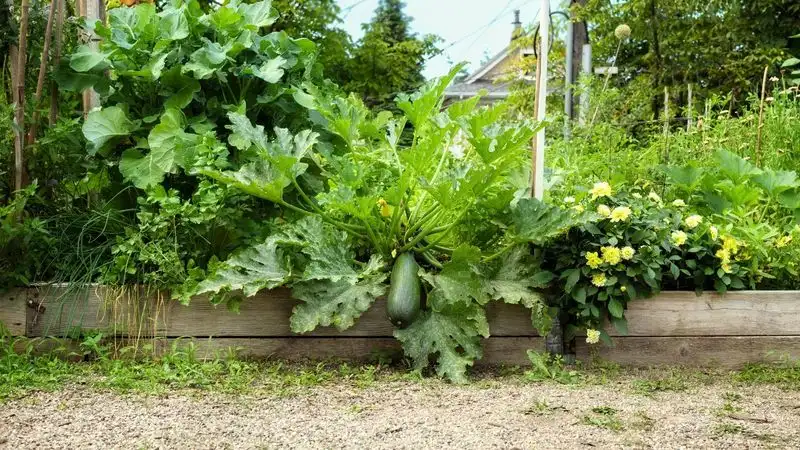
Zucchini, with its prolific nature, loves the spaciousness of raised beds. The elevated soil provides excellent drainage, critical for preventing root rot. Imagine harvesting basketfuls of this versatile vegetable, perfect for grilling or baking.
Did you know zucchini blossoms are edible? They add a gourmet touch to dishes. Raised beds also deter pests like squash bugs, offering a more controlled growing environment. From garden to kitchen, zucchini’s mild flavor and creamy texture make it a culinary delight, especially when grown in a raised setting.
Cucumbers
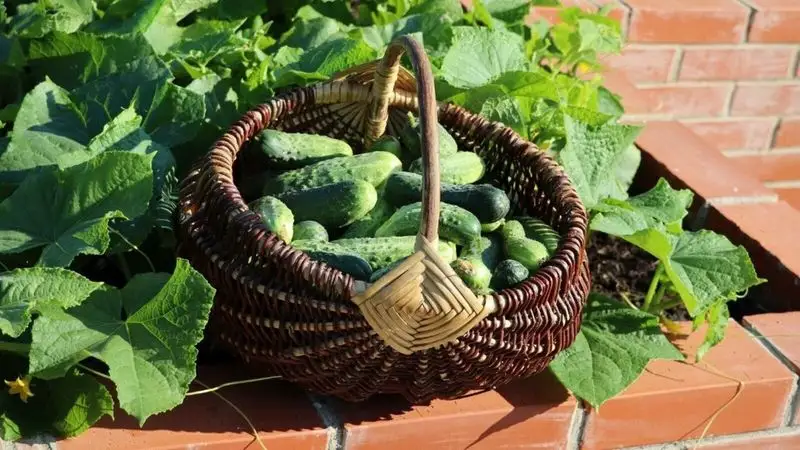
Cucumbers flourish in the supportive environment of raised beds. These beds provide the well-drained soil cucumbers crave, reducing the risk of diseases. With trellises, cucumbers can climb, saving space and increasing air circulation.
Imagine the satisfaction of picking a cool, crisp cucumber on a hot summer day. Whether sliced in salads or brined into pickles, cucumbers are refreshingly versatile. Raised beds simplify care, making it easy to enjoy this garden classic. Their unmistakable crunch and hydrating quality are perfect for summertime snacks.
Peas
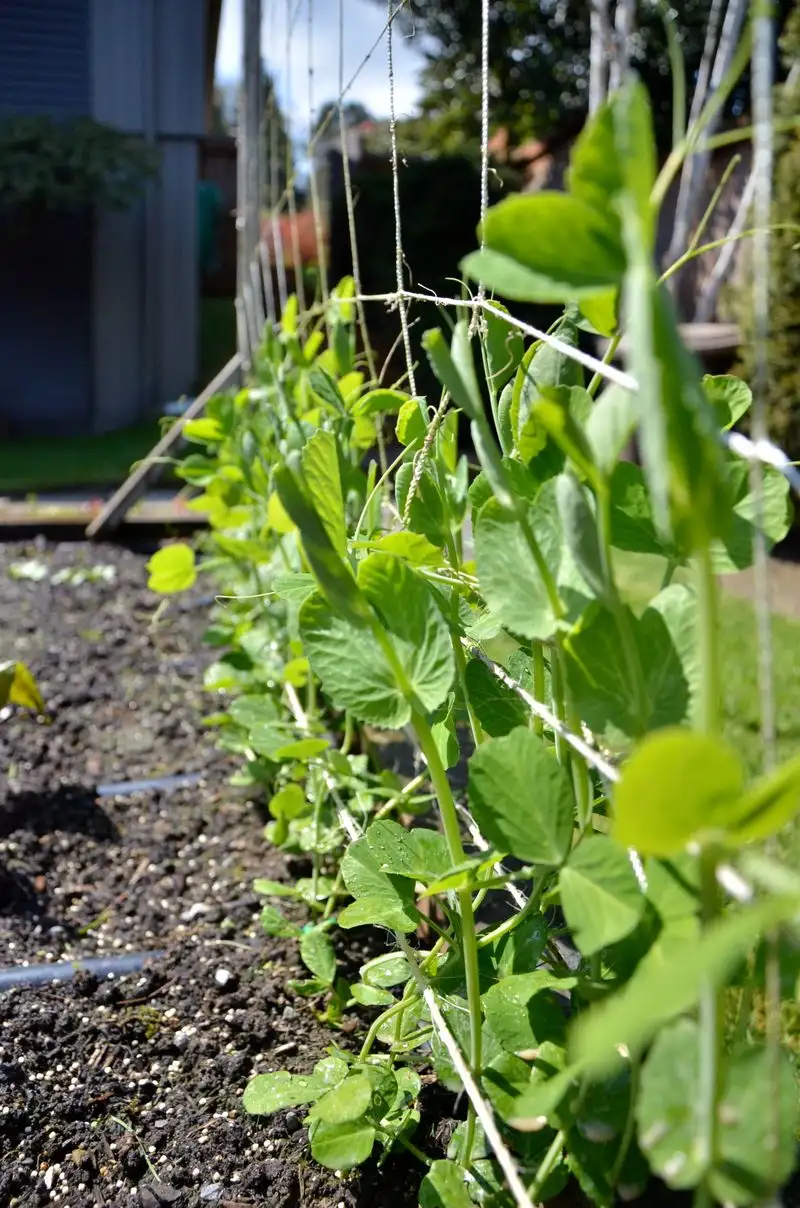
Peas, with their sweet, tender pods, thrive in raised beds. These structures offer the cool, loose soil peas prefer, encouraging vigorous growth. Raised beds also simplify the installation of supports for these climbing plants.
Fun fact: Peas were one of the first crops cultivated by humans. Their sweet taste and nutritional benefits make them a garden favorite. Imagine fresh peas plucked straight from the plant, bursting with flavor. Whether you’re shelling them or enjoying sugar snaps, peas add a delightful crunch to meals.
Green Beans
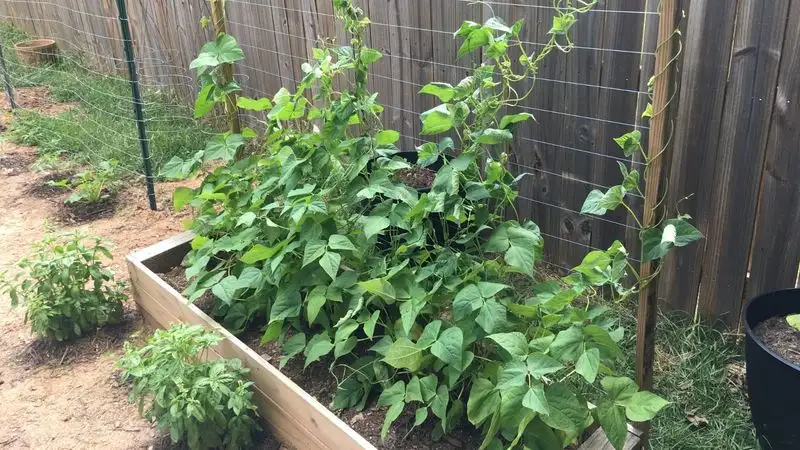
Green beans are a raised bed success story. These beds provide the loose, fertile soil beans need, coupled with excellent drainage. Picture rows of bushy green bean plants, their slender pods hanging gracefully.
Did you know green beans are also called snap beans because of the sound they make when broken? Raised beds make harvesting easier, keeping the beans at a convenient height. Enjoy them sautéed or steamed, where their crisp texture shines. Raised beds ensure your green beans are healthy, abundant, and delicious.
Potatoes
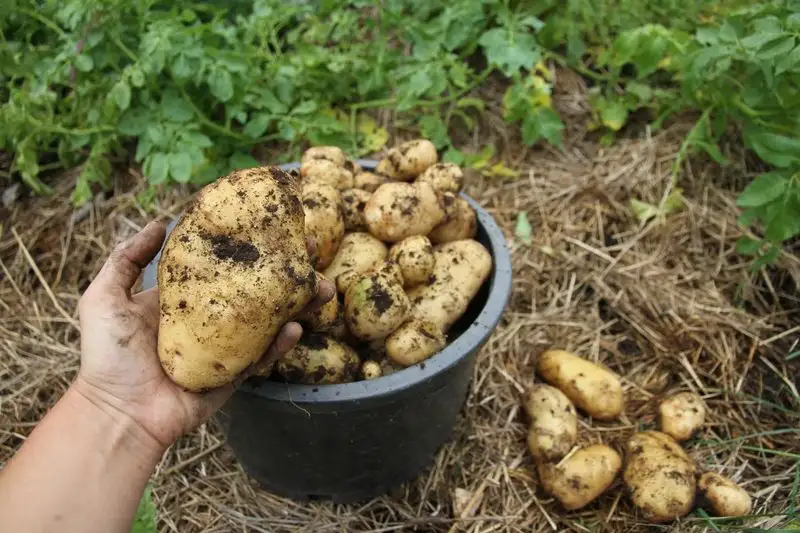
Potatoes, the reliable staple, actually prefer traditional in-ground gardens. They require deep, loose soil to grow tubers without restriction. Raised beds often lack the necessary depth, leading to smaller yields.
Have you ever tried different potato varieties, like Yukon Gold or fingerlings? Traditional gardens support diverse options, allowing for rich, flavorful harvests. The anticipation of digging up a bounty of potatoes is a gardener’s delight. Their versatility in cooking makes them a kitchen essential. Embrace traditional methods to enjoy the full potential of this beloved vegetable.
Garlic
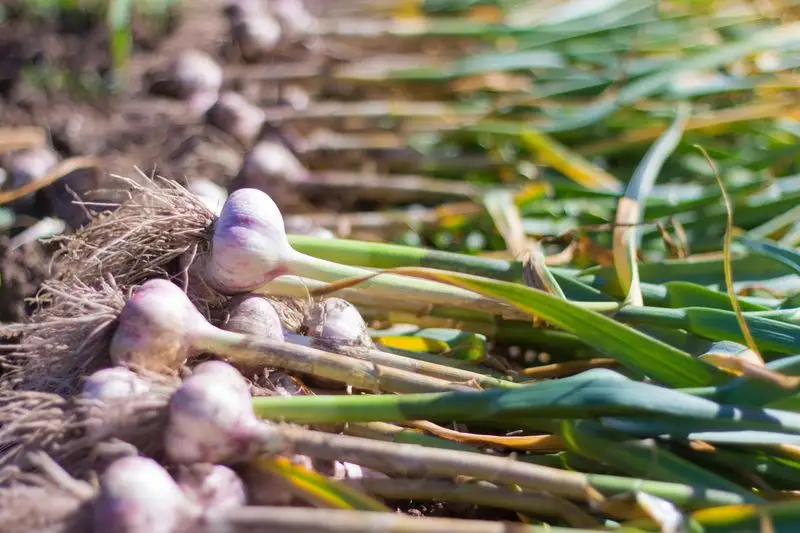
Garlic’s robust nature finds its match in traditional gardens. These setups offer the deep, well-drained soil garlic bulbs need for robust development. Raised beds often can’t provide the cold period garlic requires for growth.
Did you know garlic has been used for thousands of years for its medicinal properties? Traditional gardens support its full lifecycle, from planting to curing. Imagine the rich aroma of homegrown garlic enhancing your meals. Its pungent flavor and health benefits make garlic an indispensable kitchen companion, best grown in a traditional setting.
Pumpkins
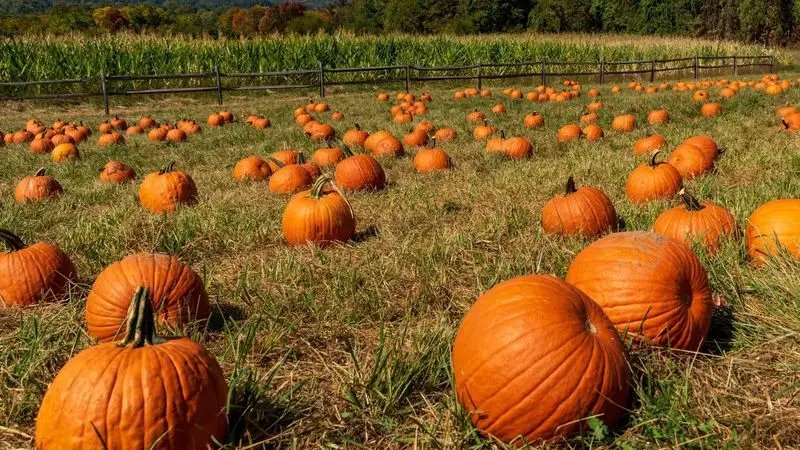
Pumpkins, those quintessential symbols of fall, thrive in open fields. Their sprawling vines need ample space to spread, something raised beds rarely offer. Traditional gardens cater to their size and growth habits.
Imagine large, vibrant pumpkins adorning your garden, ready for carving or pies. These fruits require rich, fertile soil to reach their full potential, which larger in-ground gardens provide. Their presence evokes festive warmth and creativity. For the best harvest, let pumpkins roam free in traditional settings, and enjoy the joy they bring come autumn.
Sweet Corn
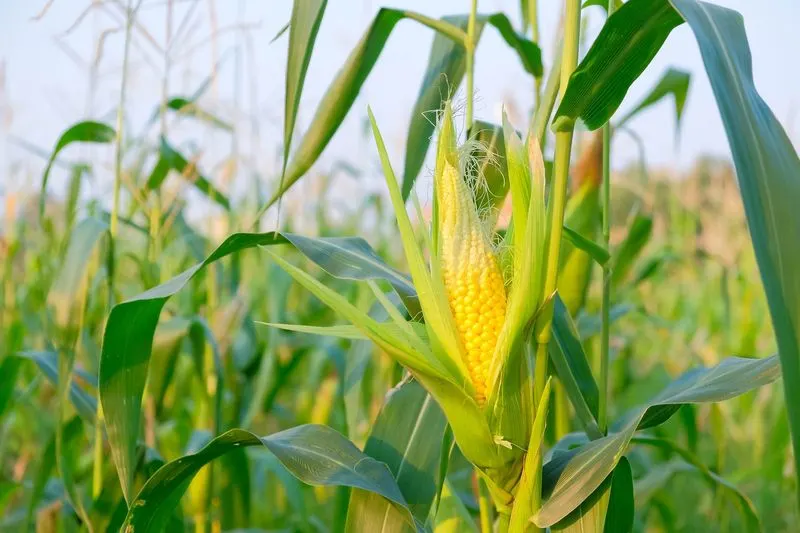
Sweet corn demands the expansive space of traditional gardens. Its tall stalks and extensive root systems thrive in deep, rich soil, which is hard to mimic in raised beds.
Picture yourself walking through rows of towering corn, a staple of midsummer feasts. Corn’s sweetness is unparalleled, especially when harvested fresh. Traditional gardens provide the robust environment needed for healthy stalk development. Their golden-yellow kernels and sweet taste make them a favorite in barbecues and family gatherings. Experience the classic joy of growing corn in the field.
Asparagus
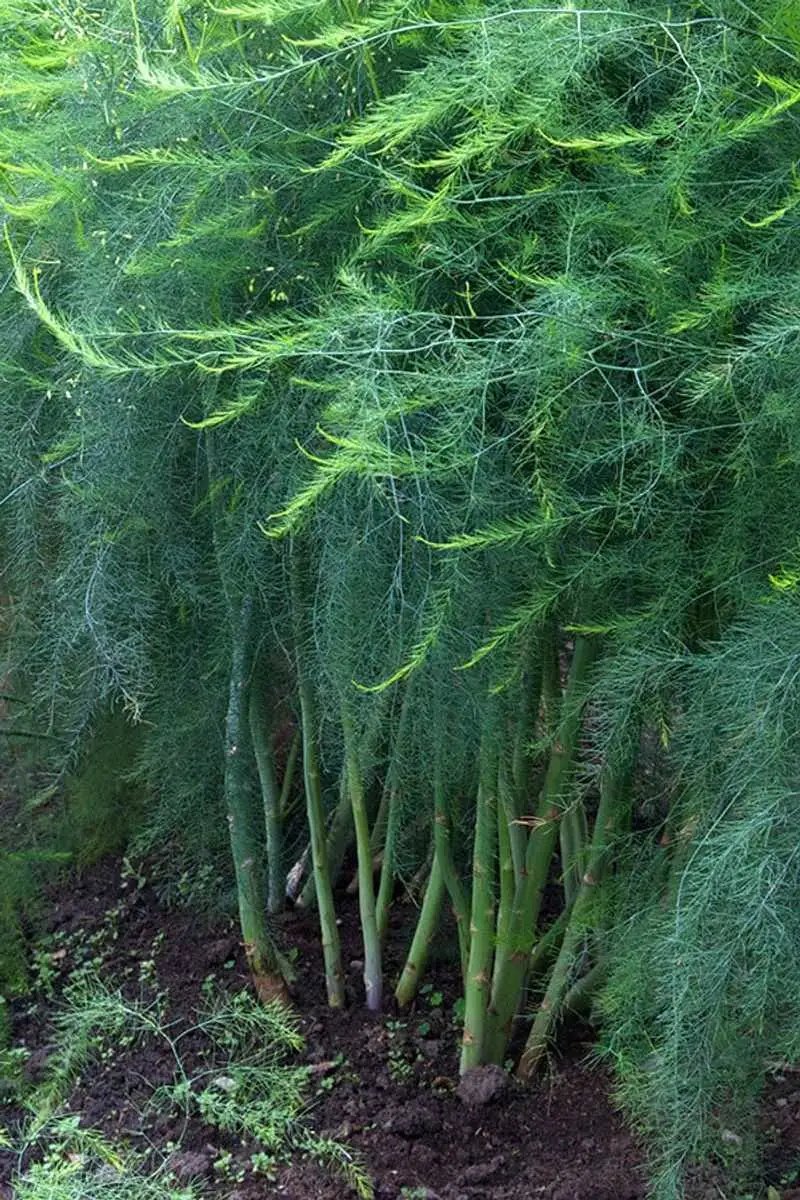
Asparagus, a perennial vegetable, flourishes best in traditional gardens. It requires deep planting for roots to establish over several years, a process raised beds generally can’t support.
Did you know asparagus can continue producing for 20 years? This long-term commitment pays off with tender, flavorful spears each spring. Traditional gardens provide the space and depth asparagus needs for robust growth. Imagine savoring freshly harvested asparagus, a true delicacy. Let this vegetable find its roots in the open ground, where it can thrive and be enjoyed seasonally.
Watermelon
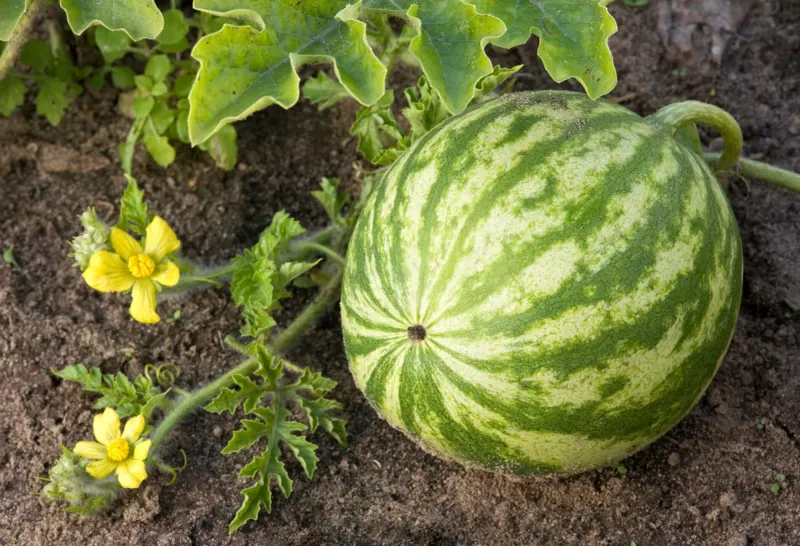
Watermelons, with their sprawling vines, prefer the freedom of traditional gardens. These juicy fruits need room to roam and warm, fertile soil to develop their sweet flavor.
Imagine slicing into a homegrown watermelon, its refreshing taste a perfect antidote to summer heat. Traditional gardens accommodate their extensive growth habits and space needs. From picnics to barbecues, watermelons are a summer staple, best enjoyed when grown naturally. Their vibrant color and hydrating qualities make them a family favorite, ideal for expansive garden spaces.
Butternut Squash
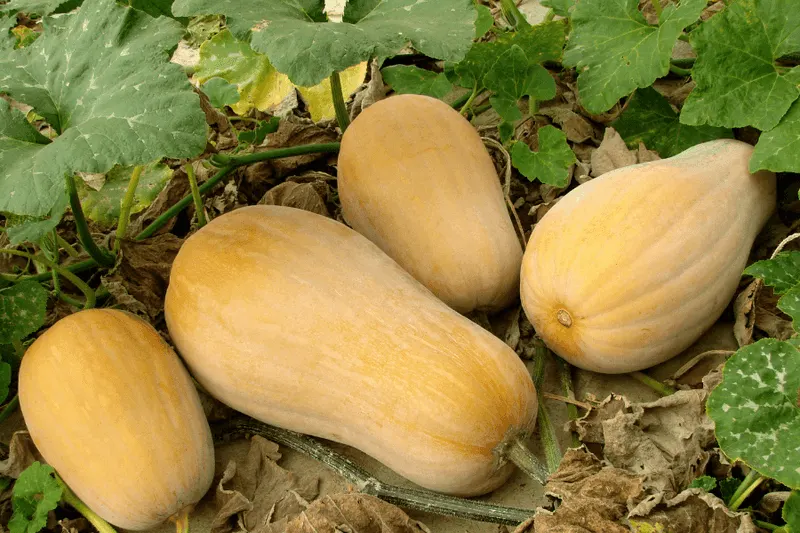
Butternut squash enjoys the roominess of an open field. Its sprawling nature and heavy fruits call for space that raised beds can’t adequately provide.
Did you know this squash is rich in vitamins A and C? Traditional gardens support its growth cycle, allowing for ample sunlight and nutrient absorption. Imagine the sweet, nutty flavor of butternut squash enhancing your soups and stews. With its long storage life, it remains a winter favorite. For a successful harvest, give butternut squash the space it deserves in a traditional setup.
Onions
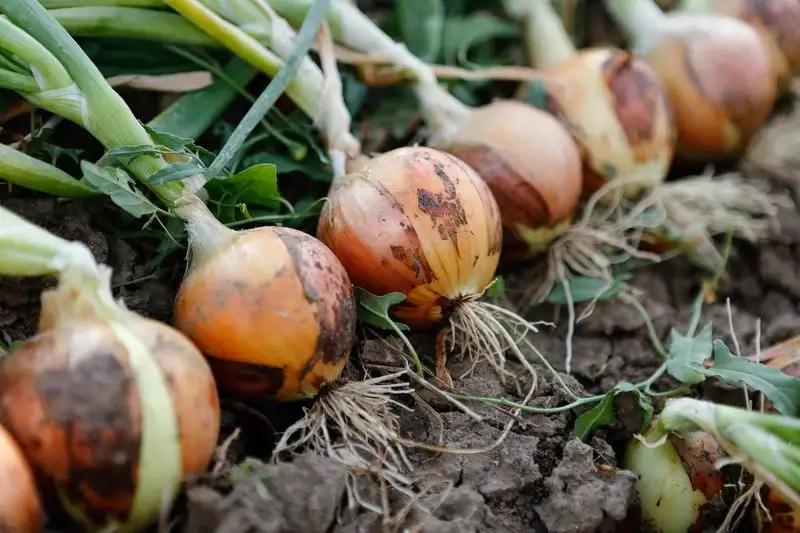
Onions thrive in the structured rows of traditional gardens. These gardens offer the deep, loose soil onions need to form healthy bulbs. Raised beds often lack the required depth for optimal growth.
Imagine the aroma of onions sautéing in a pan, a kitchen staple. Traditional gardens support diverse onion varieties, from sweet Vidalias to sharp reds. Their versatility in cooking and storage makes them an essential ingredient. Cultivating onions in a traditional setting ensures robust bulbs and a flavorful harvest, ready to enhance any dish.
Cabbage

Cabbage, with its dense heads, excels in traditional gardens. The ample space allows for proper spacing and air circulation, reducing disease risk. Raised beds can limit cabbage growth, leading to smaller heads.
Did you know cabbage was a staple in ancient diets? Imagine its crisp, peppery leaves adding texture to dishes. Traditional gardens provide the stability cabbage needs for full development. Whether in slaws or soups, cabbage’s versatility is unmatched. Grow it in the open ground to enjoy its robust flavor and nutritional benefits throughout the year.
Swiss Chard

Swiss Chard, with its vibrant rainbow of stems and lush leaves, thrives in raised beds. Its rapid growth and resilience to varying temperatures make it a gardener’s delight. Imagine a patch of green flourishing in your garden, its beauty matched only by its nutritional value.
Known for its adaptability, Swiss Chard grows well in compact spaces, making it ideal for raised bed cultivation. The elevated soil provides optimal drainage and warmth, essential for its development. This leafy green is not only versatile in the kitchen but also a stunning visual addition to any garden.
Fun fact: Swiss Chard isn’t actually Swiss! It was named by a Swiss botanist, but it hails from the Mediterranean region.

